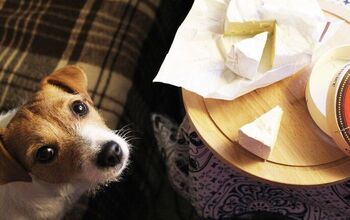525 Views
Clownfish

by
Amy Tokic
(IC: )
Published: January 20th, 2014

About Clownfish
Size
Small
Group
Saltwater
Temperament
Community Aggressive
Aquarium Size
Medium (30 gal)
Swimming Region
Middle
Fish Water Condition
Suitable Tank Mates
Damsels, Dartfish, Gobies, Hawkfish, Puffers and Tangs
Difficulty Of Care
Weekly care
Top Breed
3
Clownfish General Description
Clownfishes are a relatively hardy species of fish and make a good choice for most beginner aquarists. When given adequate nutrition and excellent water conditions they can often live for up to 6 years in captivity; and there are also reports of aquarists who claim to have raised even older clownfish. Tank raised clownfishes will often adapt much faster to aquarium life than their wild counterparts, but are slightly more expensive.

Amy Tokic
Amy Tokic, Editor of PetGuide.com, is a passionate animal lover and proud pet parent of Oscar, a Shih Tzu/Chihuahua cross, and Zed, a Japanese Chin. Her love of animals began in kindergarten, when she brought her stuffed dog Snoopy into class with her every day. Now, she writes about her adventures in pet ownership and tirelessly researches products, news and health related issues she can share with other animal enthusiasts. In her free time, Amy loves perusing used book and record stores, obsessing over the latest pet products available and chasing squirrels with wild abandon (a habit attributed to spending too much time with her pooches).
More by Amy Tokic
Published January 20th, 2014 12:00 AM
























